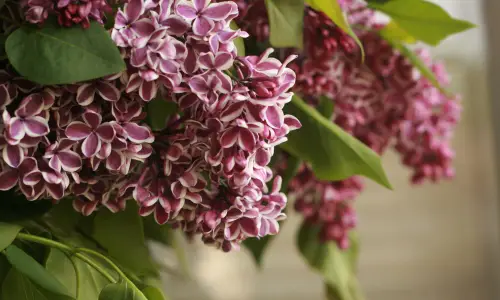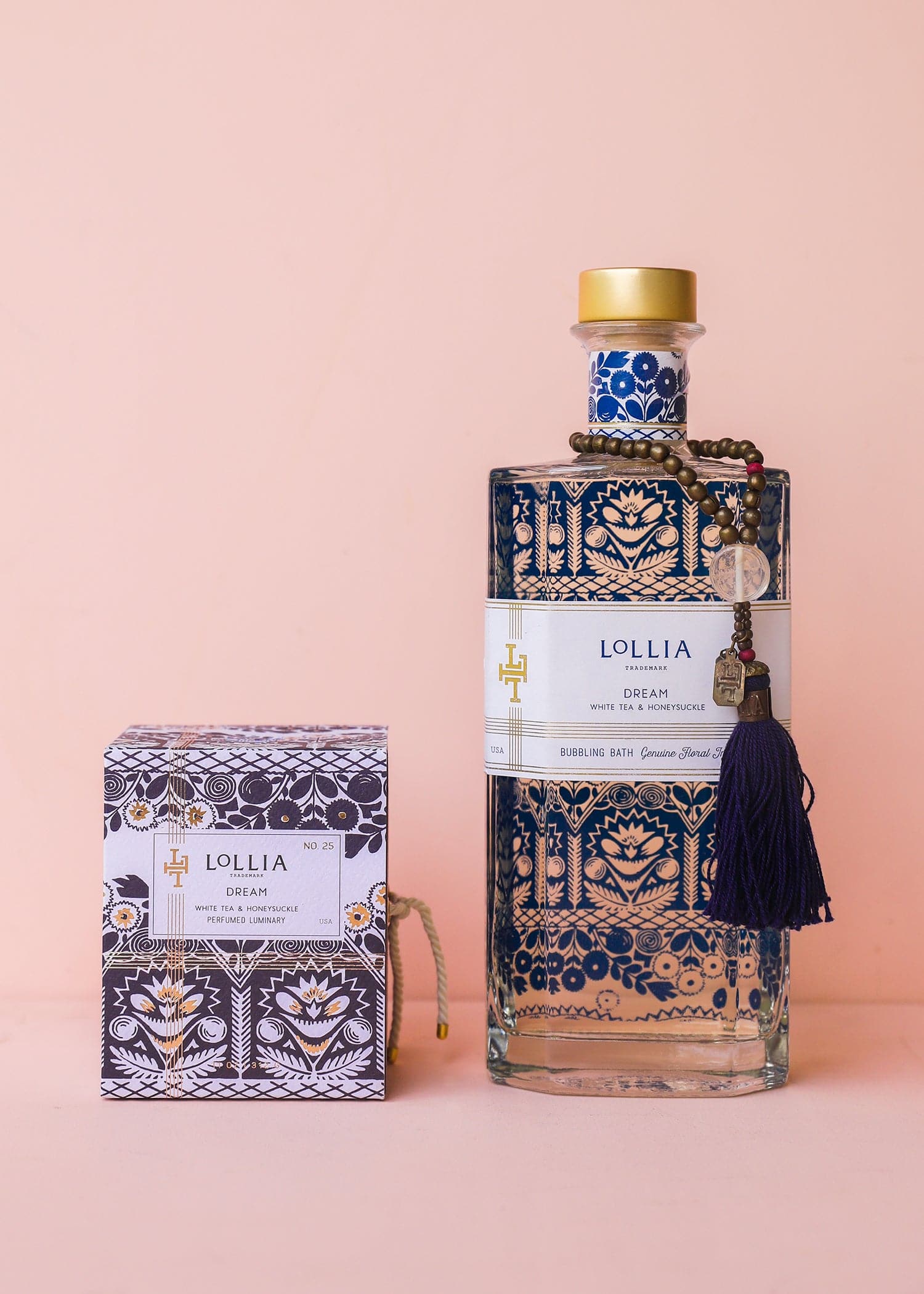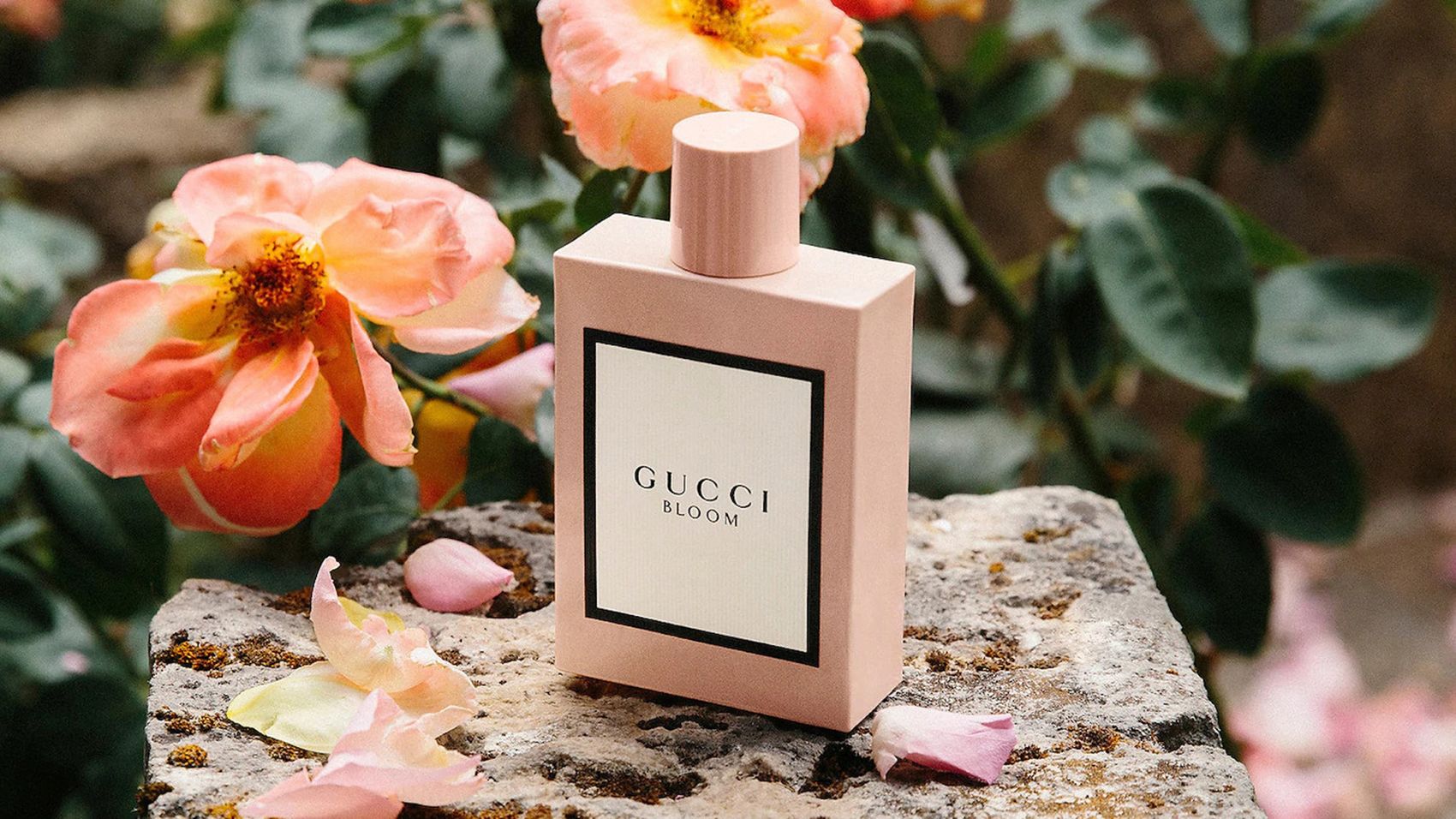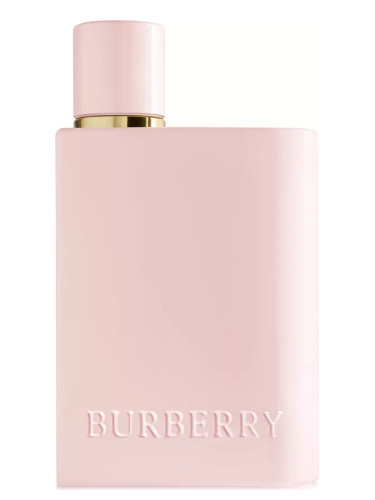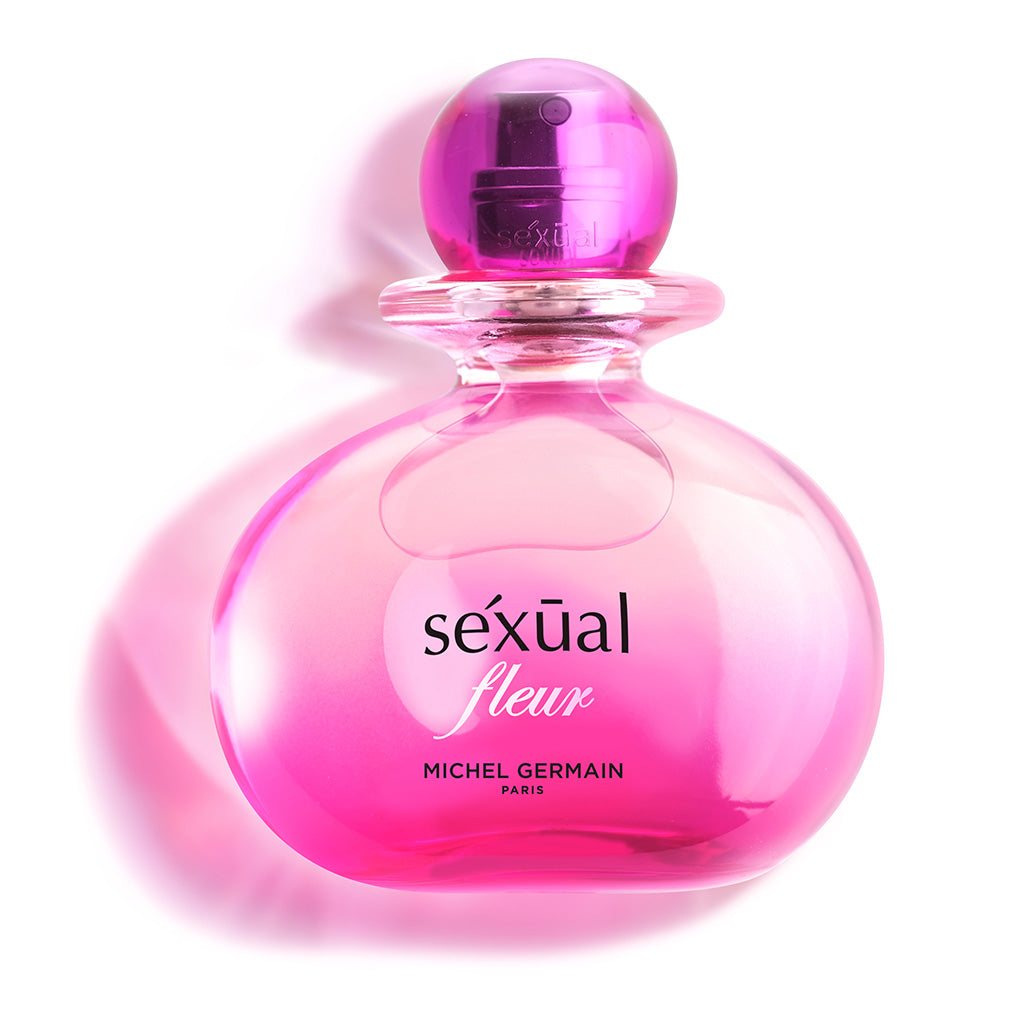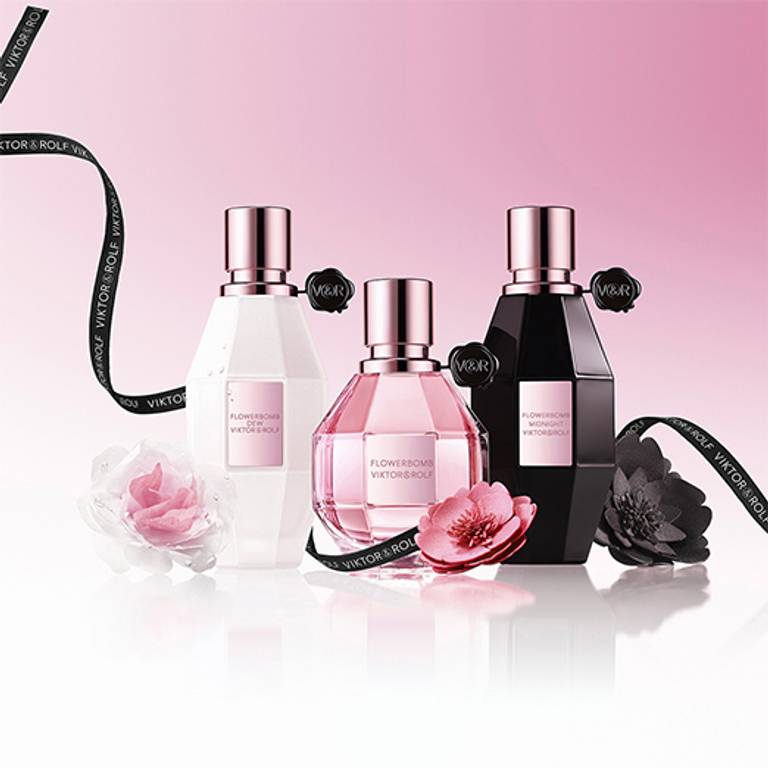Lilac smells like a sweet, floral scent with hints of jasmine and honeysuckle. Lilac is a popular flowering plant known for its beautiful blossoms and delightful fragrance.
Its sweet, floral scent instantly captivates the senses, creating a pleasant and refreshing atmosphere. The fragrance of lilac is often described as a combination of jasmine and honeysuckle, with its distinct notes wafting through the air. The captivating aroma of lilac evokes feelings of tranquility and nostalgia, reminiscent of blooming gardens and springtime bliss.
Whether enjoyed in a bouquet, in a garden, or in a scented product, the scent of lilac brings a touch of nature’s elegance to any space, creating a sensory experience that is simply enchanting.
Understanding The Aromatic Profile Of Lilac
Lilac, with its enchanting fragrance, is a flower that emanates floral and sweet notes. The delicate combination of aromas gives it a unique and captivating scent. Factors such as soil nutrition and pH levels, climate and growing conditions, as well as the species and varieties of lilac, all contribute to its aromatic profile.
The soil’s nutrient content and pH level play a significant role in the plant’s overall health, which ultimately affects the fragrance it produces. Similarly, the climate and growing conditions, such as temperature and humidity, influence the development of lilac’s scent.
Different species and varieties of lilac can vary in their fragrance, providing a diverse olfactory experience. When describing lilac’s aroma, hints of spice and citrus often come to mind, adding depth and complexity. Overall, understanding the factors that influence lilac’s fragrance enhances our appreciation for this exquisite flower.
The Science Behind Lilac’s Aroma
Lilac’s aroma is a result of its unique chemical compounds. Esters and aldehydes play a vital role in creating this fragrance. The presence of linalool and geraniol adds to its captivating scent. Lilacs also contain volatile organic compounds (VOCs) which contribute to their aromatic profile.
Environmental factors have a significant impact on the fragrance of lilacs. Sunlight affects the development of their scent, while temperature plays a role in aroma development. Humidity also influences the overall fragrance of lilacs. Understanding the science behind lilac’s aroma sheds light on its captivating and enchanting scent.
Exploring The Cultural Significance Of Lilac’s Scent
Lilac’s scent holds cultural significance, with a rich history and diverse symbolism across different cultures. From ancient times, lilac has been used in rituals and celebrations, representing rebirth and renewal. Its fragrance has captivated renowned writers, finding mentions in famous literary works.
In perfumery, lilac takes centre stage as a key ingredient, adding a beautiful floral note to fragrances. Many perfumes prominently feature lilac accords, creating captivating scents that enthrall the senses. The enchanting aroma of lilac has a mesmerizing effect, evoking emotions and memories.
Its delicate petals and sweet scent make it a beloved flower, cherished across various cultures and appreciated by perfume enthusiasts worldwide. Explore the world of lilac’s fragrance to immerse yourself in its cultural significance and timeless beauty.
The Enchanting Experience Of Lilac’s Fragrance
Lilac’s fragrance captivates the senses, providing an enchanting experience that is truly mesmerizing. The aroma has incredible benefits when used in aromatherapy. Its calming and relaxing properties help alleviate stress and promote a sense of tranquility. Incorporating lilac essential oil into your daily routine can work wonders for your mood.
There are various ways to enjoy and preserve lilac’s scent. Harvesting the flowers at the right time ensures the best fragrance. Creating stunning floral arrangements with lilacs brings their beauty and aroma into your home. To savor the fragrance for longer, learning proper drying techniques is crucial.
By following these steps, you can relish the delightful scent of lilac for an extended period. So, indulge in the enchantment of lilac’s fragrance and embrace its soothing effects on your well-being.
Appreciating The Beauty Of Lilac’s Scent In Different Settings
Lilac’s captivating scent infuses gardens and landscapes, elevating the ambiance with its delightful aroma. Cultivating and caring for lilac plants require proper attention and a nurturing touch. When designing spaces, incorporating lilac’s fragrance can enhance the sensory experience. Complementing companion plants work harmoniously to intensify lilac’s captivating aroma.
Indoors, lilac fragrance permeates through scented candles, diffusers, and sprays, creating a soothing and refreshing atmosphere. Even cleaning supplies can carry the essence of lilac, providing a pleasant freshness during household chores. For those inclined towards DIY projects, there are recipes to create homemade lilac-based home scents, adding a personal touch to the olfactory experience.
Appreciating the beauty of lilac’s scent in different settings allows us to indulge in its alluring fragrance and enjoy the sensory journey.
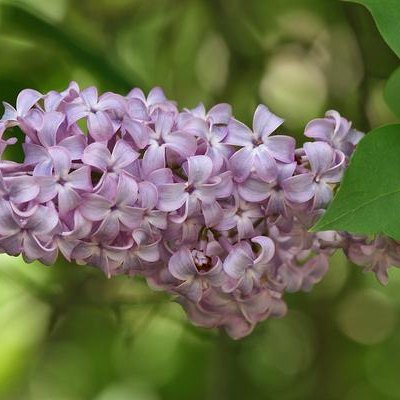
Credit: www.gardenguides.com
Frequently Asked Questions
Does Lilac Have A Nice Smell?
Yes, lilac has a delightful fragrance that is loved by many.
What Scent Is Similar To Lilac?
The scent similar to lilac is often described as fresh, floral, and slightly sweet.
Do Lilacs Smell Like Lavender?
No, lilacs and lavender have different scents.
Does Lilac Smell Like Jasmine?
No, lilac does not smell like jasmine.
Conclusion
The scent of lilac is truly a remarkable experience. Its delicate, floral aroma has captivated humans for centuries. Whether you encounter it in a garden, a perfume, or a scented candle, the lilac fragrance transports you to a world of beauty and tranquility.
The sweet and slightly spicy notes of lilac are often described as intoxicating and nostalgic, evoking memories of springtime and gardens in full bloom. Its unique scent is both refreshing and soothing, providing a sense of calm and serenity. The versatility of lilac allows it to be enjoyed in various forms, from essential oils to bath products.
So, the next time you catch a whiff of lilac, take a moment to appreciate its enchanting aroma and revel in the beauty nature has to offer.

